It’s not exactly breaking news to say Richmond is a Civil War lover’s dream. Obviously, as the capital of the Confederacy, the city’s place in American history is unquestioned. And the amount of Civil War history that has been preserved is impressive, to say the least. Much of that can be found at Richmond National Battlefield Park, which spans more than 2,200 acres and is home to 13 distinct sites. Not surprisingly, the BGES often hosts tours in Richmond. Stay tuned for the upcoming “Epicenter of the Rebellion: Great Richmond Civil War Sites” tour tour, led by Rick Britton of Richmond’s Tredegar Civil War Center. Or strike out on your own using the following sites as a guideline.
Chickahominy Bluff
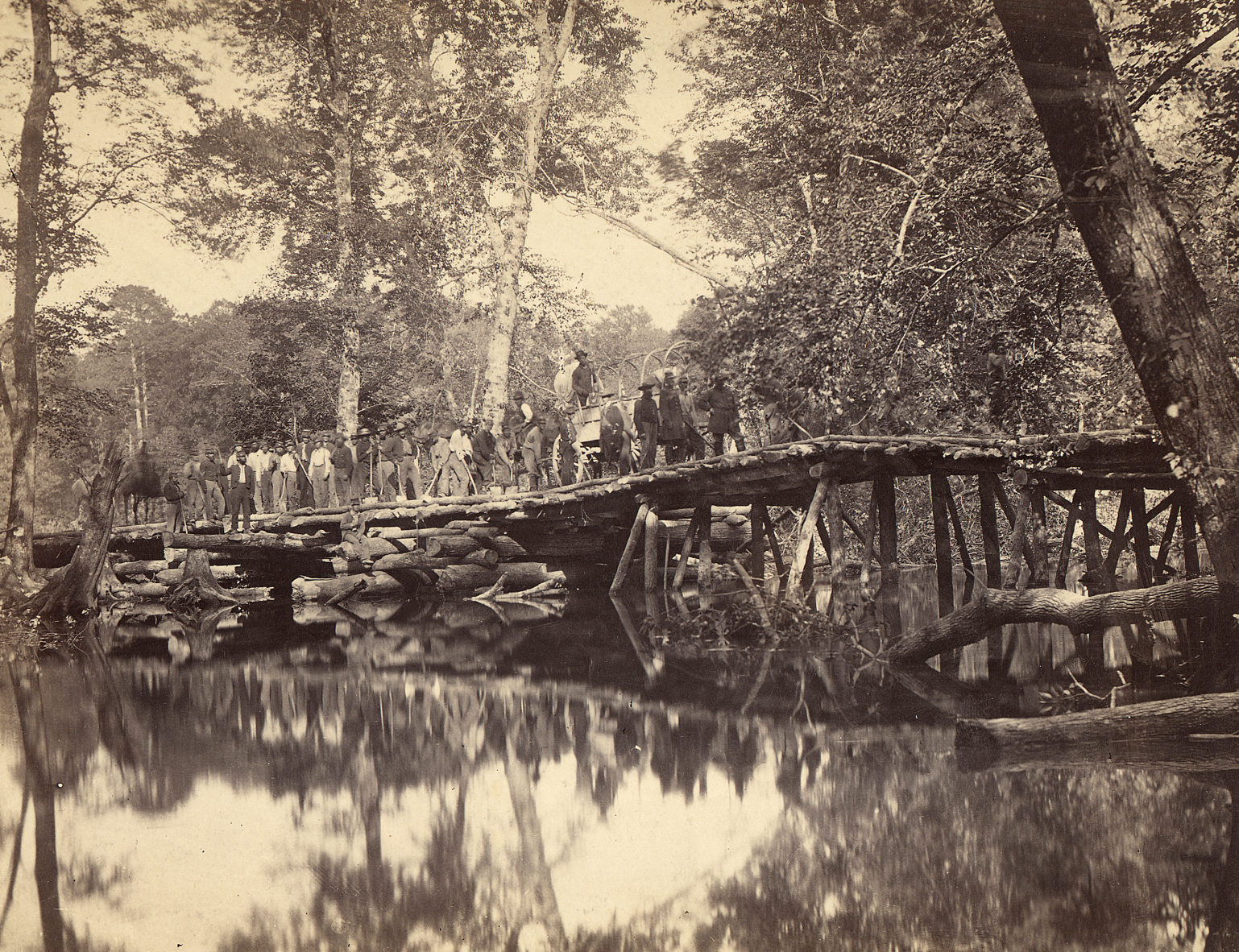
On June 26, 1862, as the Confederate Army prepared for the Seven Days Battles,
Robert E. Lee sat atop Chickahominy Bluff and scanned the terrain below. With
more than 80,000 troops at his disposal, he decided to make his move. Knowing
George B. McClellan was advancing toward Richmond with a large Union force
of his own, Lee ordered his men to cross the Chickahominy River to strike the
Federals. Over the next seven days, the two sides clashed in several bloody
battles, including Savage’s Station, which produced some 1,400 casualties. Union
troops were forced to retreat. For the time being, Richmond was secure. Today,
the site, part of the Richmond National Battlefield Park, includes an audio exhibit and remains of Confederate fortifications built to protect Richmond.
Chimborazo Medical Museum

The Chimborazo Medical Museum, part of the Richmond National Battlefield Park, sits on Chimborazo Hill. As the Civil War began, Confederate troops built large wooden barracks there. Within weeks, they abandoned the location to fight on the frontlines. Dr. Samuel P. Moore, the Surgeon General of the Confederate States of America, took control of the site and turned it into Chimborazo Hospital. Known as the “hospital on the hill,” it administered care to more than 75,000 Confederate soldiers during the Civil War. The vast majority of them were convalescing from illness, as Chimborazo was not designed as a field hospital to treat battlefield injuries. The Chimborazo Medical Museum traces the history of the hospital, as well as the general state of medicine in the 1860s.
Cold Harbor Battlefield
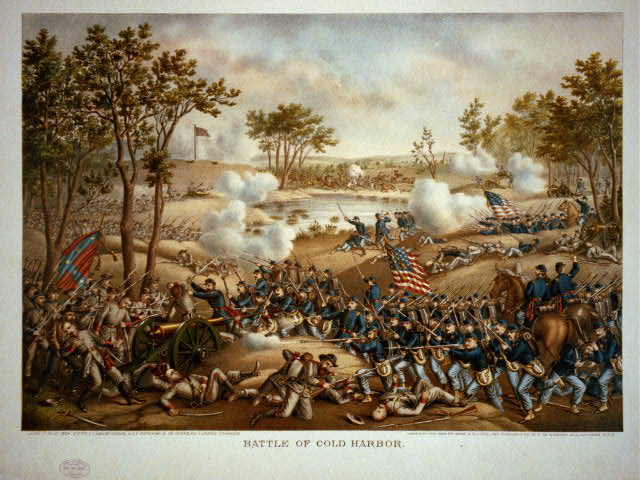
The Battle of Cold Harbor was waged in June of 1864, on much of the same
terrain as the Battle of Gaines’ Mill. More than 18,000 soldiers were killed,
wounded or captured during the fighting. Though Cold Harbor marked Robert E.
Lee’s last large-scale field victory, it was still a major turning point in favor of the
Union, as Ulysses S. Grant maintained a strong enough force to continue his
march to occupy Petersburg. Still, Grant had regrets. He felt his decision to
prolong the battle further endangered his men and caused even more suffering.
Many wounded Union soldiers were left on the battlefield for days on end before
receiving aid. Photography from Cold Harbor is some of the most extensive of the
Civil War. Today, the site is part of the Richmond National Battlefield Park.
Drewry’s Bluff
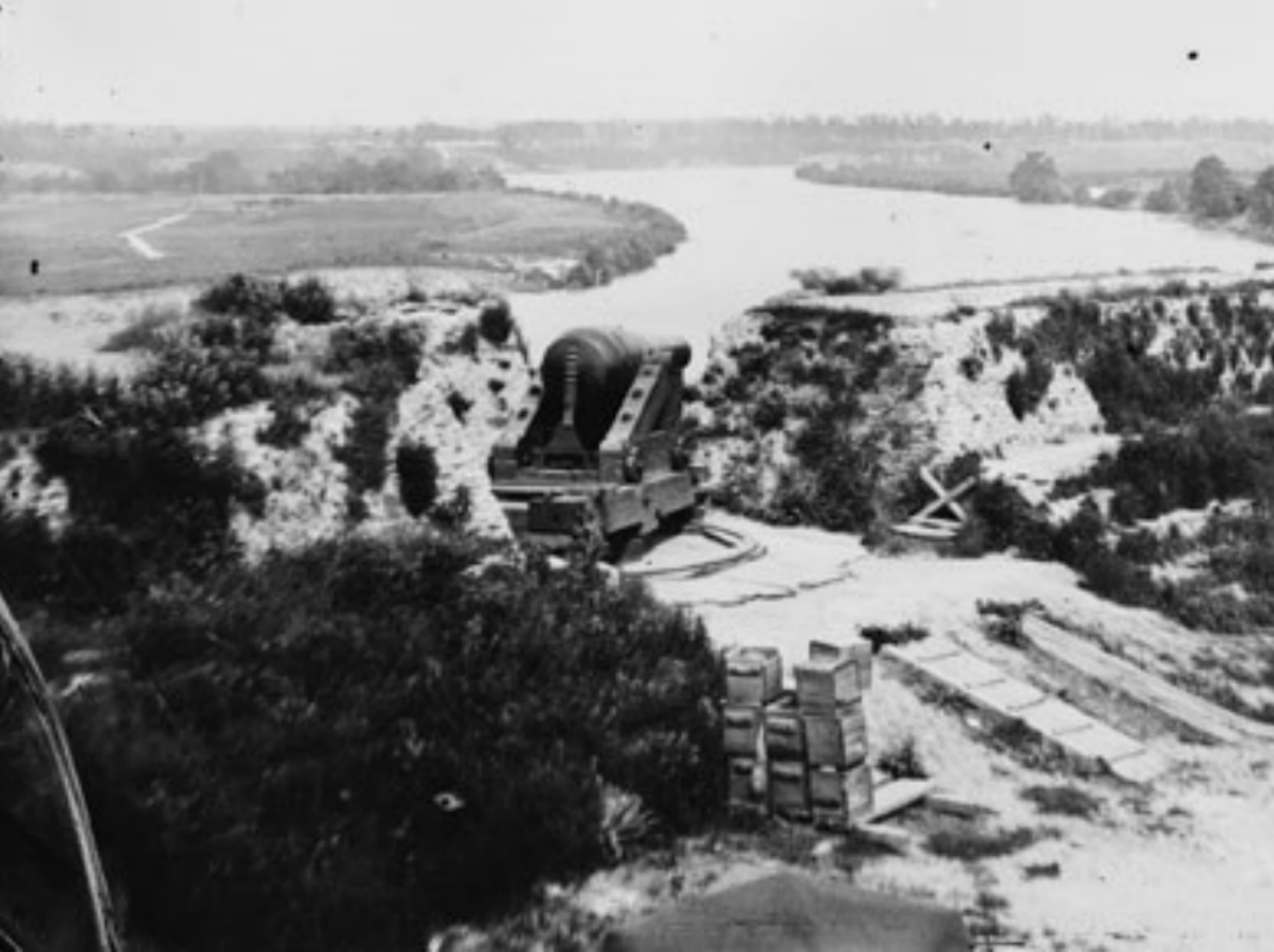
One of the reasons Richmond National Battlefield Park is a definite must-see for
any Civil War buff is Drewry’s Bluff. Rising 90 feet above the James River, it
offered a perfect tactical position for the Confederate defense of Richmond, which
was susceptible to attack by land and water. Drewry’s Bluff was named after
prominent Virginia landowner Capt. Augustus H. Drewry. Through his marriage
to Mary A. Harrison, he inherited a large parcel of land that included the bluff.
You’ll see one gun at the site today, though there were more than a dozen in 1865.
Fort Brady
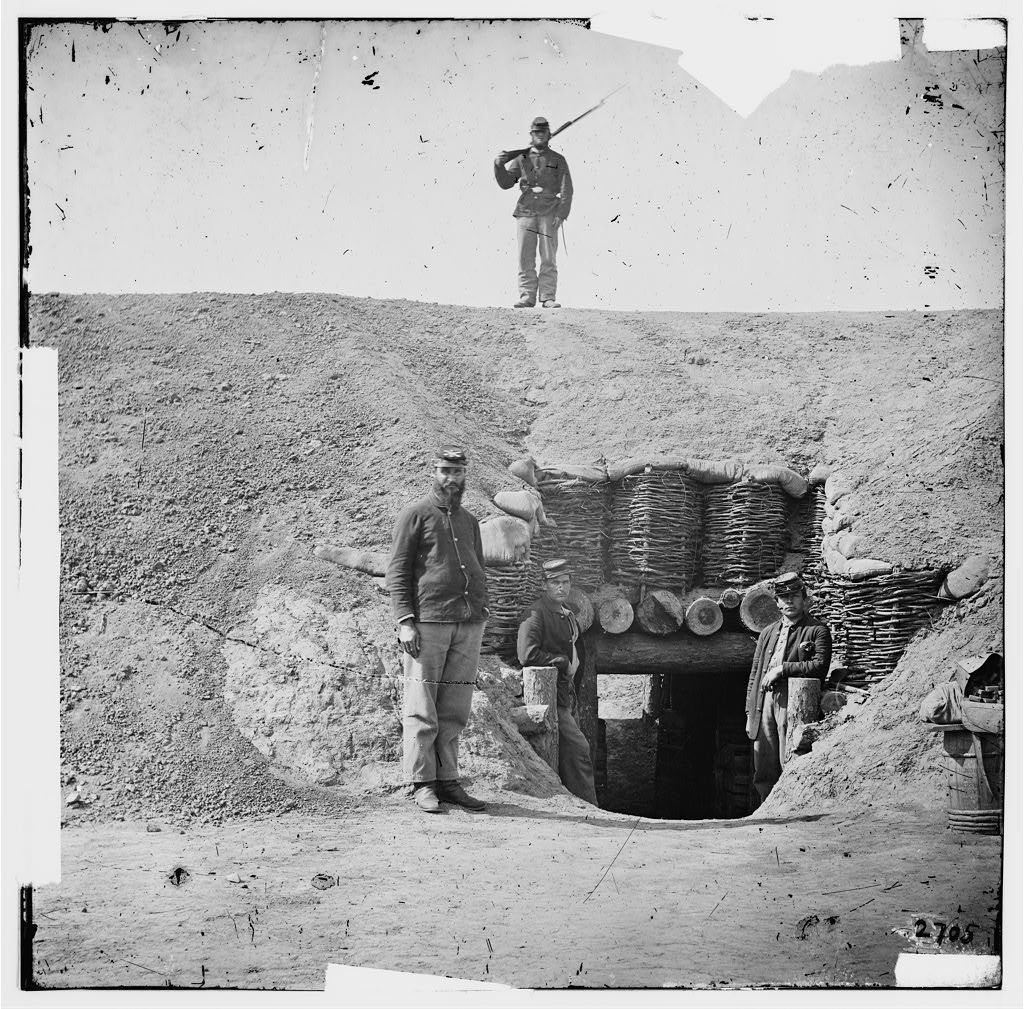
Few Civil War military structures have been as well preserved as Fort Brady,
located near Fort Harrison on the James River, part of the Richmond National Battlefield Park. That’s partly because the fort was constructed with dirt, rather than bricks, which were more susceptible to heavy artillery. This Union stronghold was reinforced after the capture (and renaming) of Fort Harrison, as the Federal Army erected fortifications along the 2.5-mile stretch between it and Fort Brady. A trail winds through the fort with historical markers along the way.
Fort Harrison
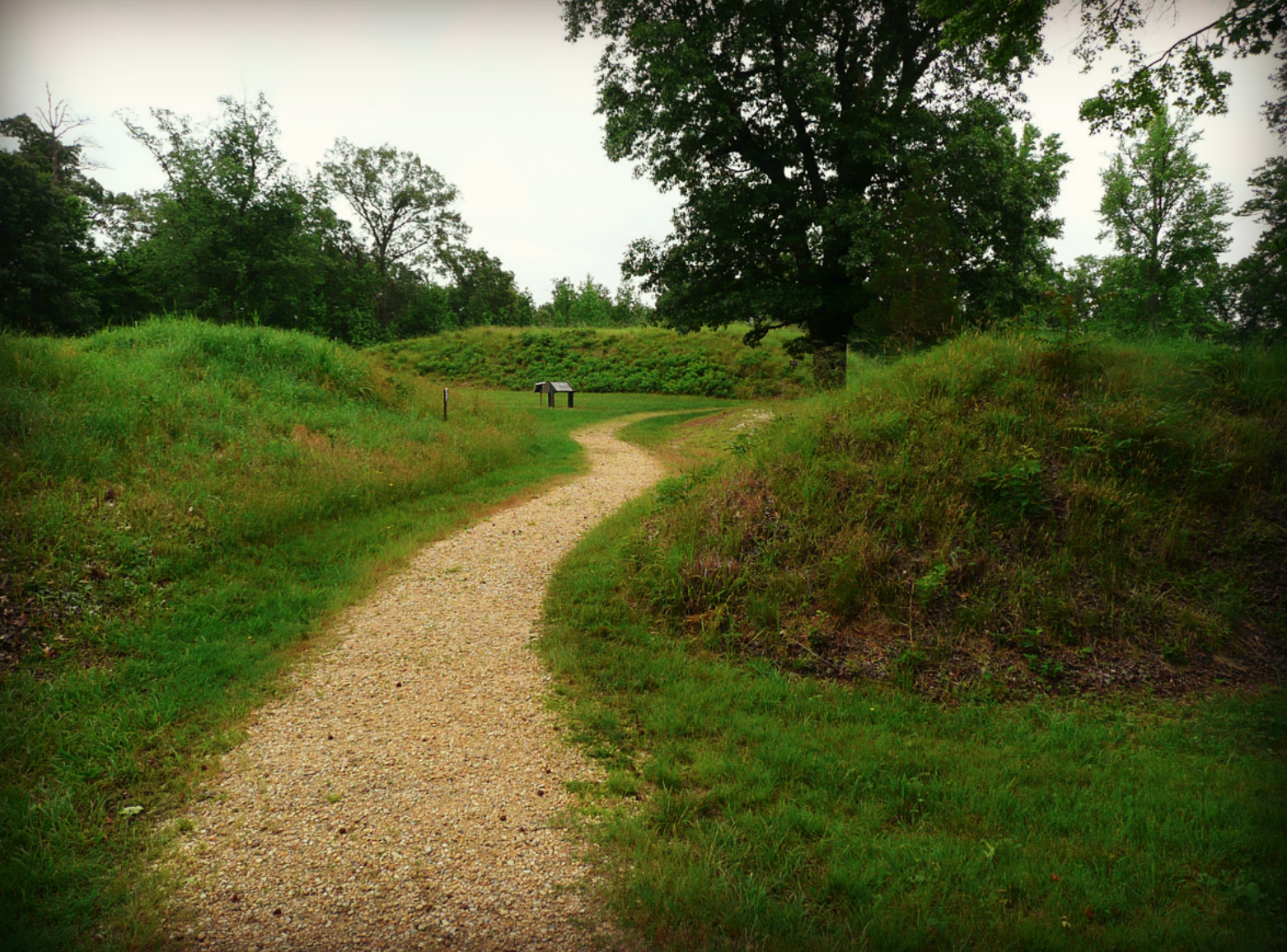
Because of its central location along the Confederate line of defense, the Union viewed Fort Harrison as having tremendous strategic value. It helped protect Chaffin’s Bluff, which, like Drewry’s Bluff, provided an excellent vantage point on the James River. By September 1864, just 200 soldiers remained to defend Fort Harrison, with several thousand defending the lines. With an eye on the biggest target and the crown jewel, Union Maj. Gen. Benjamin Butler overtook the fort in short order. It was renamed Fort Burnham after Brig. Gen. Hiram Burnham, who was killed in the assault. It’s part of the Richmond National Battlefield Park, and the visitor center is open seasonally.
Gaines’ Mill Battlefield
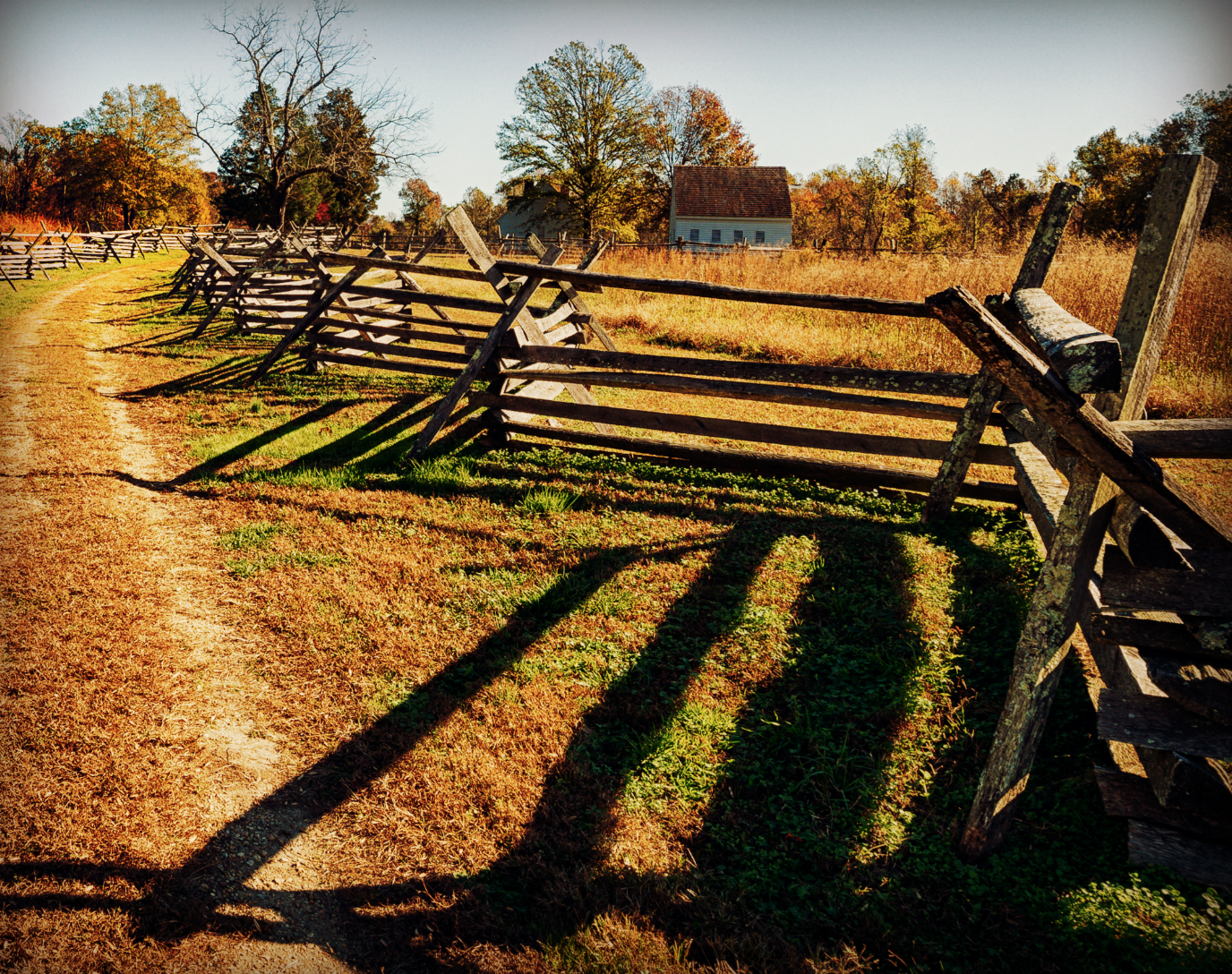
Gaines’ Mill Battlefield is another highlight of Richmond National Battlefield Park. The site of Robert E. Lee’s first major Civil War victory, it was host to a bloody fight that accounted for more than 15,000 casualties. Walking trails wind throughout the battlefield. The Watt House, used by Union Gen. Fitz John Porter during the battle, still stands.
Hollywood Cemetery
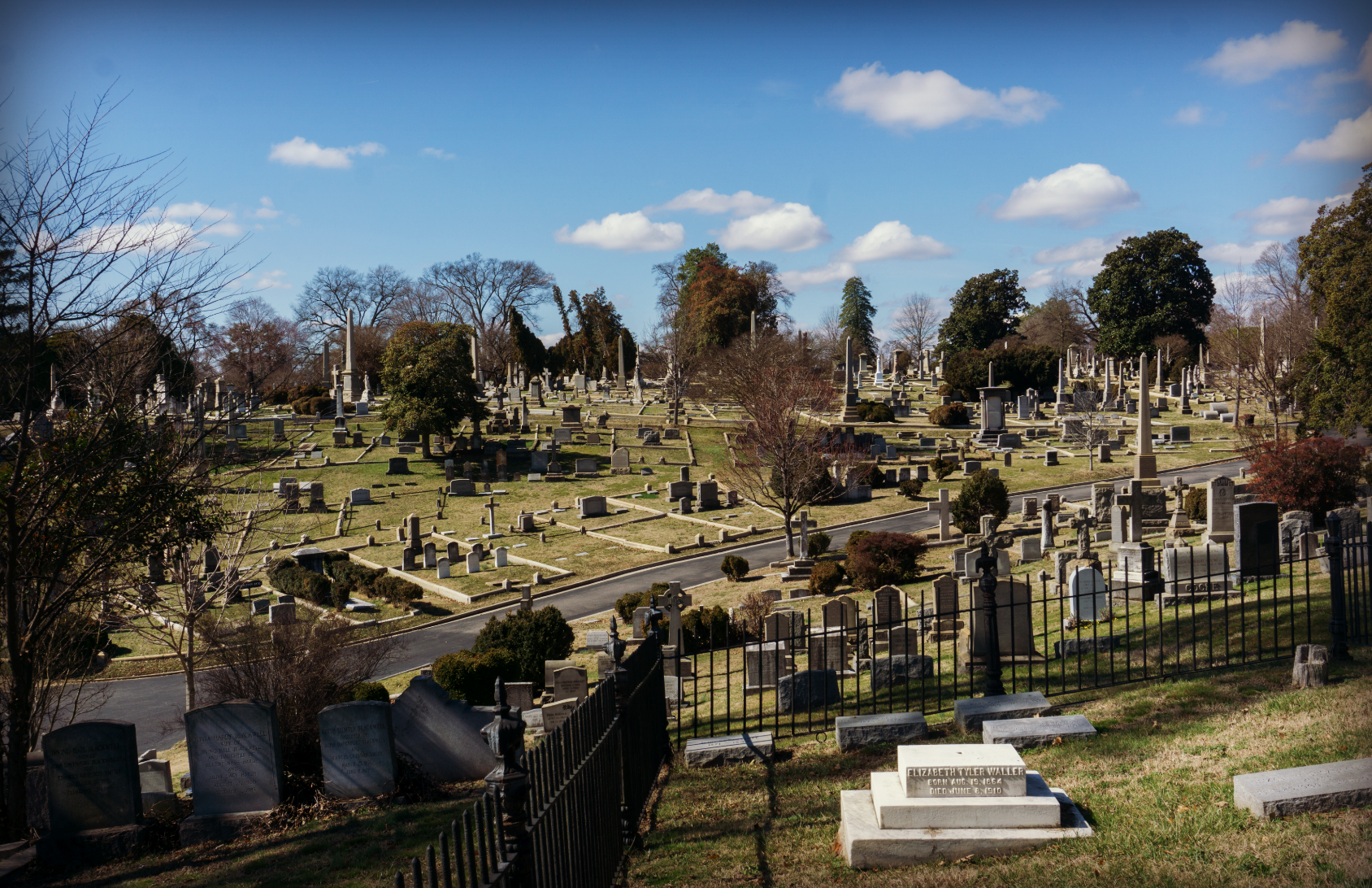
During the Civil War, Hollywood Cemetery on South Cherry Street became a popular final resting place for soldiers killed in action. In those days, the cost for the internment of an adult was $4 and $2 for a child. In 1864, prices rose to $20 and $10, respectively. Some 18,000 Confederate soldiers are buried in Hollywood
Cemetery. A 90-foot pyramid, known as the Monument to the Confederate War Dead, was erected in 1868, and still stands today. Davis Circle, meanwhile, was created to honor Jefferson Davis, whose body was laid to rest here, after he was initially interred in New Orleans.
Malvern Hill Battlefield
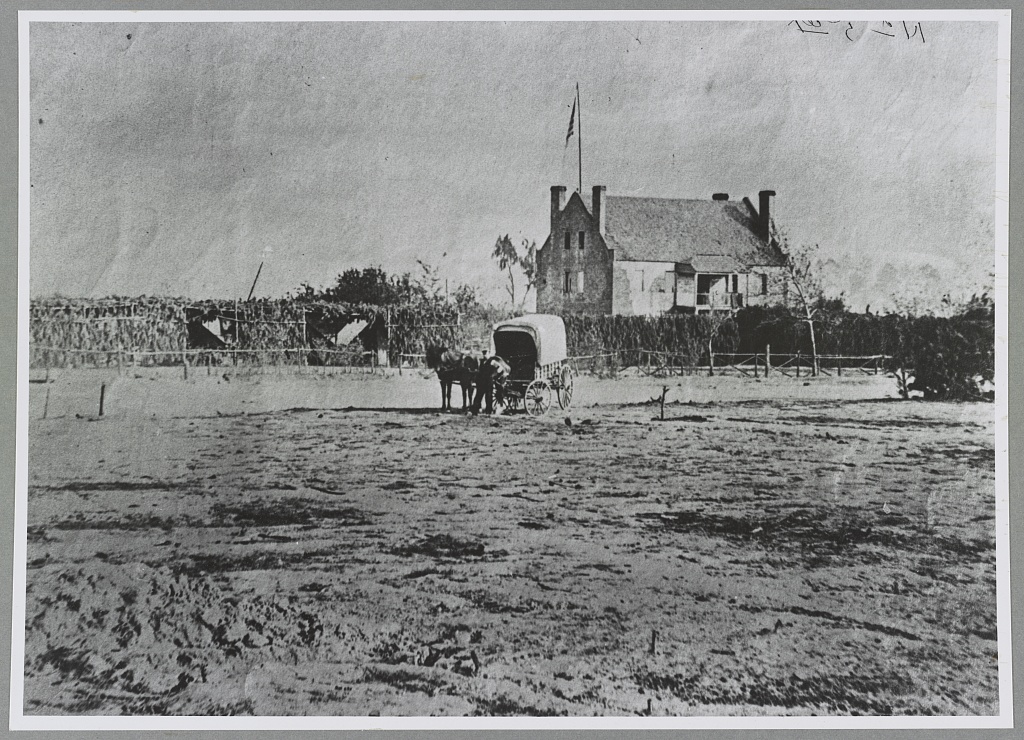
The Battle of Malvern Hill was the last of the Seven Days Battles. Robert E. Lee
chose to force the hand of George B. McClellan, who for the first time gathered
the Union’s entire Army of the Potomac on the same field. The assault ended in
defeat for the Confederates, producing heavy loss in casualties. The battlefield,
located about 15 miles southeast of Richmond, remains in amazing condition
today. Walking trails wind throughout, providing a unique look at this historic
area.
White House of the Confederacy
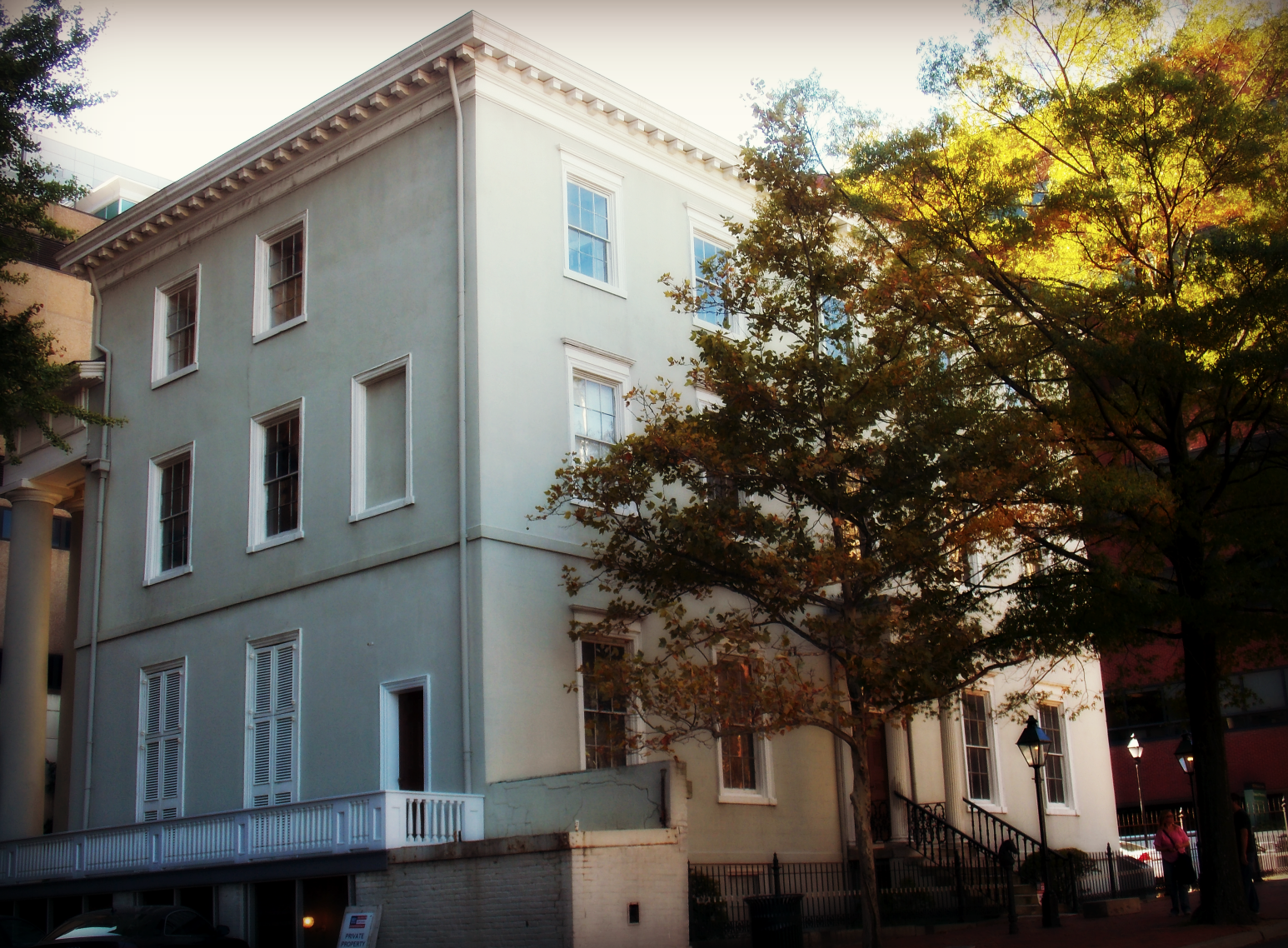
The White House of the Confederacy was the official residence of Jefferson Davis when he served as President of the Confederate States of America. Built in 1818, the mansion was designed by Robert Mills, who was equally famous for designing the first Washington Monument (which was located in Baltimore) and
the much better known one in D.C. Today, the White House of the Confederacy is part of a well-known triumvirate, along with the American Civil War Museum and Historic Tredegar. As a whole, they boast perhaps the nation’s most impressive collection of Confederate memorabilia, including Robert E. Lee’s field tent and the sword and cap of Stonewall Jackson.
1 thought on “Time Travel: A Tour of Richmond’s Civil War Sites”
Comments are closed.